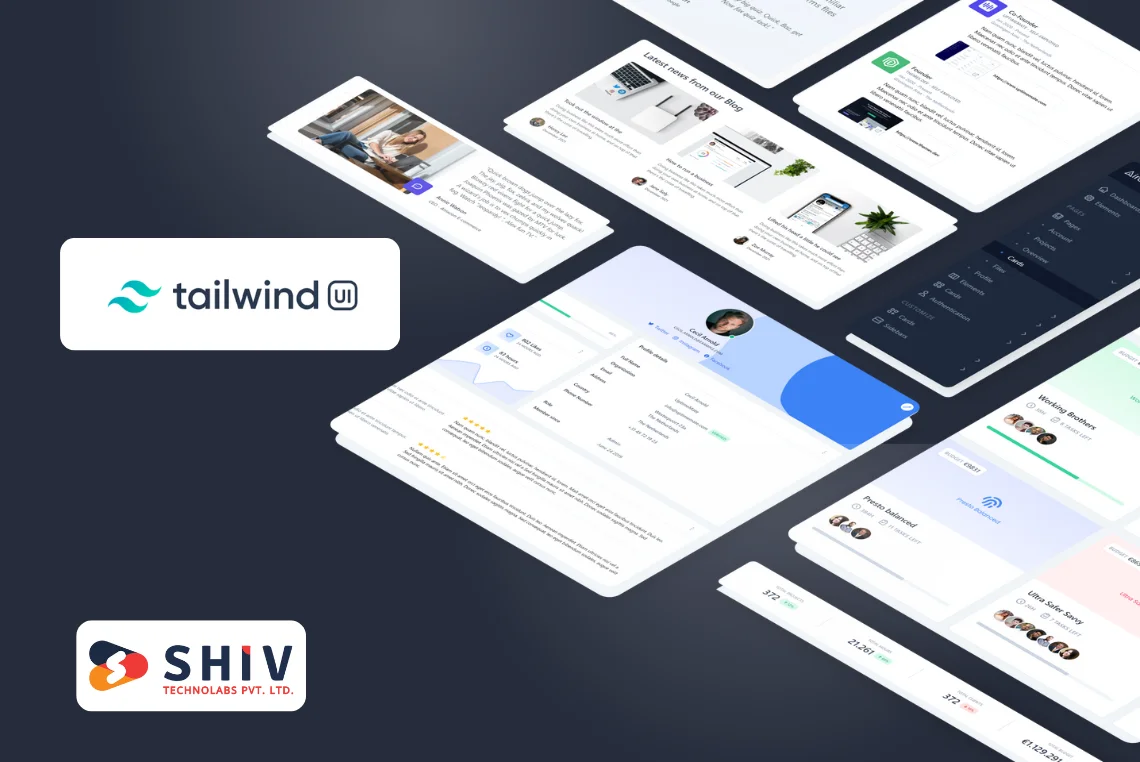Table of Contents
A Design Audit is a detailed review of your brand’s visual and user experience elements. It identifies inconsistencies and areas for improvement, helping to maintain brand consistency, improve user experience, and boost conversion rates, aligning your design with business goals.
What is a Design Audit?

In today’s highly competitive market, maintaining a strong and consistent brand presence is essential for any business. A Design Audit serves as a vital tool in achieving this by providing a comprehensive review of a brand’s visual and experiential elements. At its core, a Design Audit is a systematic examination of how well these elements align with the overall business objectives and the needs of the target audience.
The process involves evaluating a wide range of design components, including website layout, typography, color schemes, imagery, and user experience (UX) aspects. It extends beyond just the digital realm and can cover physical products, packaging, marketing materials, and even the environmental design of physical spaces.
The goal of a Design Audit is to ensure that every aspect of the brand’s design contributes to a cohesive and effective user experience, particularly through thorough UI/UX design services. It identifies inconsistencies, gaps, and areas for improvement, providing actionable insights that can help the brand better connect with its audience and achieve its business goals.
Also Read:- Top 12 Reasons to use Figma as a UI/UX Design Tool
Why do businesses need to conduct a Design Audit?
# Improve user experience (UX)
User experience is one of the most critical factors in determining the success of a digital product or service. In an era where users expect flawless interactions and immediate results, any friction in the user journey can lead to lost customers and missed opportunities. A Design Audit helps identify and address these pain points by thoroughly analyzing the user flow, interface design, and interaction patterns.
For example, slow-loading pages, confusing navigation, or poorly designed forms can frustrate users and cause them to abandon your site. A Design Audit can pinpoint these issues, allowing you to make informed changes that improve usability and user satisfaction. By focusing on enhancing the overall user experience, you can increase engagement, reduce bounce rates, and ultimately drive more conversions.
Moreover, a well-conducted Design Audit can reveal deeper insights into user behavior and preferences. This information can be used to refine the design further, making sure it not only meets but exceeds user expectations. In the long run, a superior user experience can lead to increased customer loyalty, repeat business, and positive word-of-mouth referrals.
# Strengthen brand recognition
Consistency is key when it comes to building strong brand recognition. A Design Audit makes sure that all visual elements of your brand are consistently applied across all platforms and materials. This includes everything from your logo and color scheme to typography, imagery, and overall design language.
When these elements are used consistently, they reinforce your brand identity, making it more memorable and recognizable to your audience. This is particularly important in today’s crowded market, where consumers are bombarded with countless brands vying for their attention. A strong, consistent brand presence can help you stand out and create a lasting impression.
For example, consider the global brands that have achieved iconic status—Apple, Nike, Coca-Cola. One of the key factors behind their success is the consistency of their brand design. Whether you’re looking at their websites, advertisements, packaging, or products, the visual and experiential elements are always in harmony, which contributes to their brand strength.
# Increase conversion rates
The ultimate goal of any business is to convert visitors into customers. A Design Audit can uncover design flaws that may be hindering this process. For example, unclear calls-to-action, distracting visuals, or an overcrowded layout can all negatively impact your conversion rates. By making the necessary design improvements based on the audit’s findings, you can create a clearer and more compelling path for users to follow, ultimately leading to increased conversions.
Moreover, a Design Audit helps in identifying elements that can be refined to better guide users toward desired actions. Whether it’s simplifying the checkout process, improving the placement of key buttons, or enhancing the readability of content, these adjustments can have a significant impact on how effectively your website or app converts visitors.
Also Read:- Advancing Mobile Apps: Key Flutter UI/UX Design Trends in USA
How to conduct a Design Audit?

Conducting a Design Audit requires a structured approach. Here’s a step-by-step guide:
Step 1: Understand the business
Before diving into the design elements, it’s essential to have a deep understanding of the business itself. This includes the company’s mission, target audience, and overall goals. Without this context, it’s challenging to determine whether the current design is effectively supporting the brand’s objectives.
Start by gathering information about the company’s history, its products or services, and the competitive landscape. Engage with key stakeholders to understand their vision for the brand and any specific challenges they’re facing. This foundational knowledge will guide the audit and make sure that the recommendations are aligned with the broader business strategy.
Step 2: Conduct a product design audit
Once you have a clear understanding of the business, the next step is to audit the design elements themselves. This involves a detailed analysis of all visual and user experience components, including:
- Website and mobile app: Review the overall layout, typography, color scheme, imagery, and interactive elements. Assess how these elements work together to create a cohesive user experience. Pay special attention to the responsiveness of the design across different devices and screen sizes.
- Brand identity: Evaluate the consistency of the brand’s visual identity across all touch points. This includes logos, color palettes, fonts, and imagery used in marketing materials, social media profiles, and physical products.
- User flow: Analyze the user journey from the moment a visitor lands on the website or app to the point of conversion. Identify any areas where users might encounter friction or confusion.
- Competitor analysis: Compare your design elements with those of key competitors. This can help identify industry standards and reveal areas where your design might be falling short.
Step 3: Report findings and make recommendations
After completing the audit, compile your findings into a comprehensive report. This should include both the strengths and weaknesses of the current design, along with specific recommendations for improvement. Prioritize these recommendations based on their potential impact on the user experience and business goals.
Present the findings to stakeholders in a clear and actionable manner. It’s essential to communicate not just what needs to be changed, but also why these changes are necessary and how they will benefit the business.
Final thought
A Design Audit is not a one-time activity but should be conducted regularly to keep up with evolving market trends and user expectations. By systematically evaluating and refining your brand’s design elements, Shiv Technolabs’ UI/UX Design Services in Turkey can help you maintain a strong and consistent presence that resonates with your target audience. The insights gained from a Design Audit can lead to a more effective user experience, stronger brand recognition, and higher conversion rates, all of which contribute to the long-term success of your business.
Frequently Asked Questions (FAQ)
# What aspects can a Design Audit cover?
A Design Audit can cover a wide range of aspects including visual identity (logos, color schemes, typography), website and app design, user experience (UX), marketing materials, product packaging, and social media presence. The scope of the audit will depend on the specific needs and goals of the business.
# Which businesses need to implement a Design Audit?
Any business that relies on visual communication and user interaction can benefit from a Design Audit. This includes companies across various industries such as e-commerce, technology, healthcare, hospitality, and more. Whether you’re a startup looking to establish a strong brand identity or an established company aiming to stay competitive, a Design Audit can provide valuable insights.
# When should a Design Audit be implemented?
A Design Audit should be implemented whenever there are significant changes in the business, such as a re-branding, the launch of a new product, or a major redesign of the website or app. It’s also beneficial to conduct regular audits, at least once a year, to confirm that the design remains effective and aligned with the business goals.
# How long does the Design Audit process usually take?
The duration of a Design Audit can vary depending on the size of the business and the complexity of the design elements being reviewed. On average, it can take anywhere from a few weeks to a couple of months to complete a thorough audit. This timeline includes the initial research, the audit itself, and the reporting of findings and recommendations.
# Who will directly carry out the Design Audit?
A Design Audit is typically carried out by a team of professionals with expertise in design, user experience, and branding. This can include in-house designers, UX specialists, and external consultants or agencies. The team will collaborate with key stakeholders within the company to make sure that the audit is aligned with the overall business strategy.






![Web Design Hacks Used by Billion-Dollar Brands [How You Can Use Them Too!]](http://167.86.116.248/shivlab/wp-content/uploads/2025/03/Web-Design-Hacks-Used-by-Billion-Dollar-Brands-How-You-Can-Use-Them-Too.webp)













